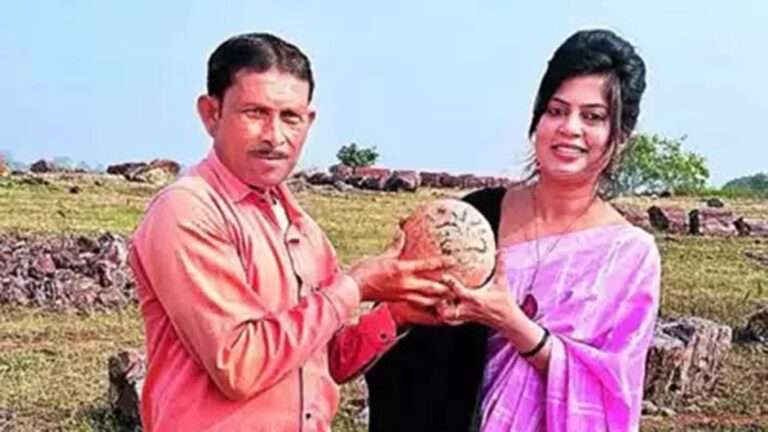
Stone Rocks Worshipped As Farm Gods Were Really Dinosaur Eggs
Stone balls worshipped for generations by a family in India have been revealed to be dinosaur eggs more than 70 million years old. The amazing discovery was made by chance…

Stone balls worshipped for generations by a family in India have been revealed to be dinosaur eggs more than 70 million years old. The amazing discovery was made by chance…
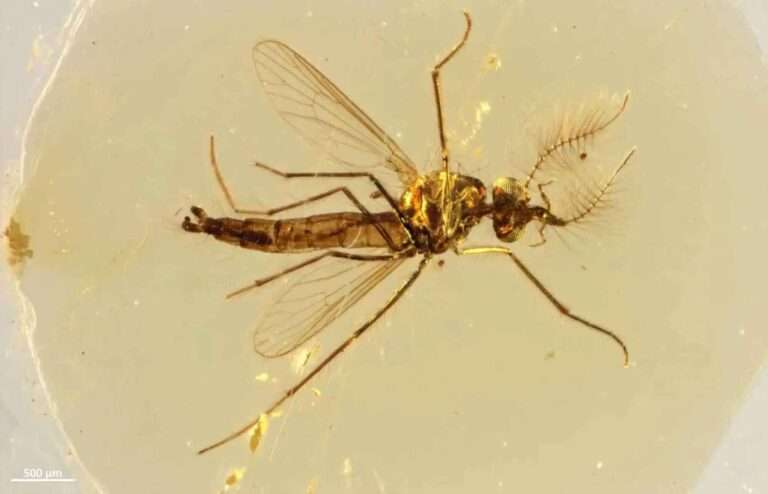
A new study led by expert palaeontologists has revealed that male mosquitoes also used to suck blood back when dinosaurs roamed the earth and only later moved to a diet…
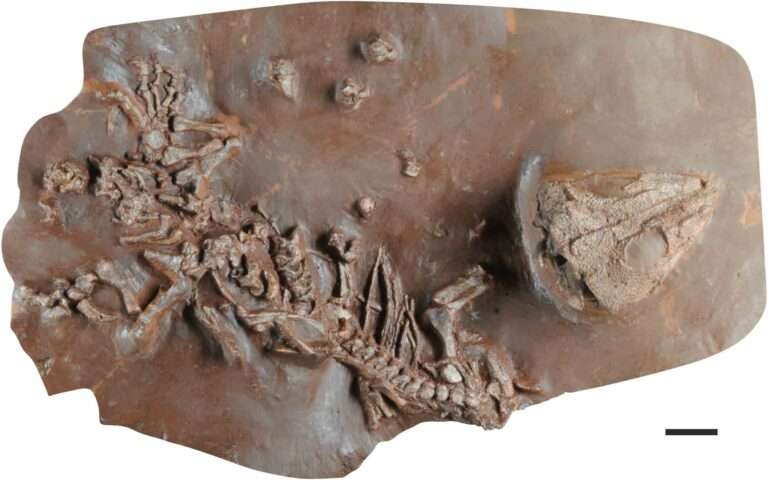
A new tiny precursor of the dinosaurs has been unearthed by scientists excavating rocks on Spain's holiday island Mallorca. The creature - from the group moradisaurine captorhinids - was a…
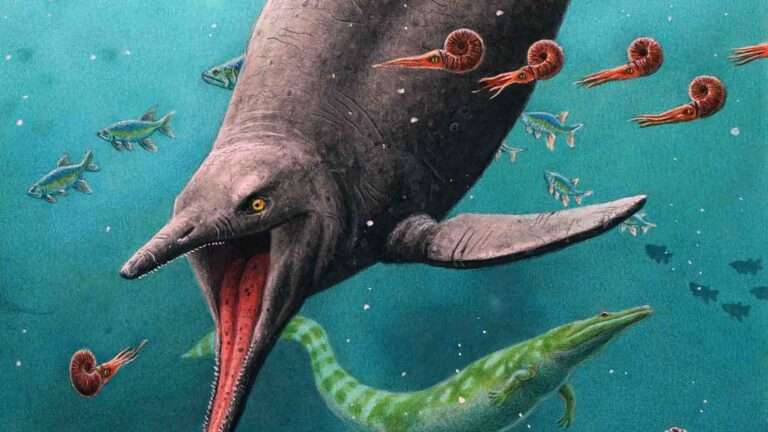
Ancient remains of a terrifying 250-million-year-old sea reptile have been found halfway up a mountain in Norway. The ichthyosaur fossil shows that the feared ocean predator apparently existed long before…
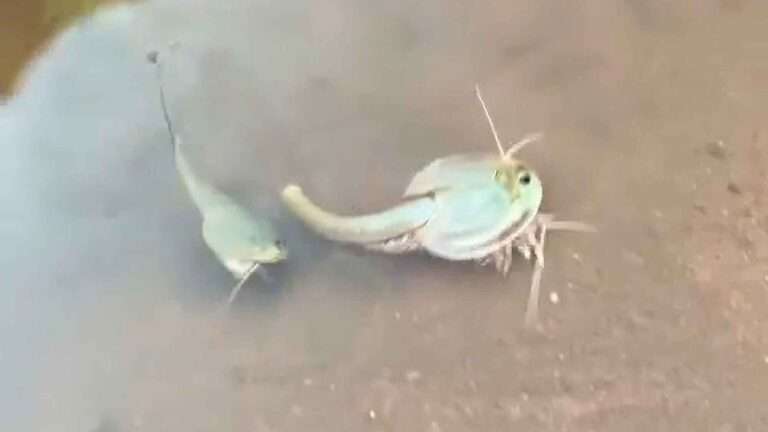
A keen nature lover and tourist captured incredible footage of "living fossils" - a rare crustacean that is one of the oldest creatures on the planet. Known as the Triops,…
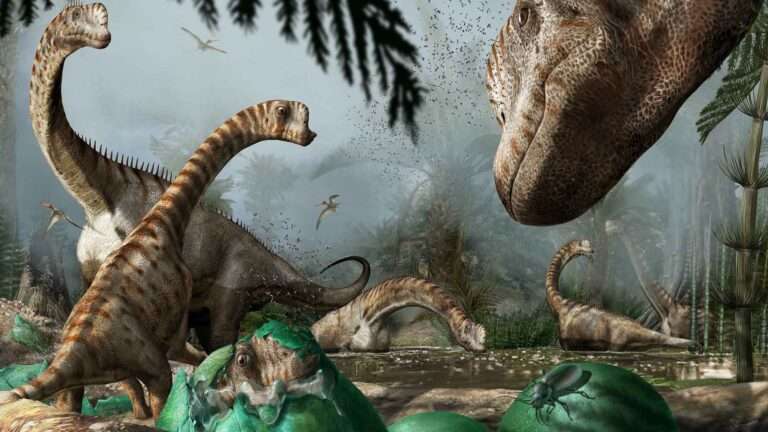
Dinosaurs had an advanced ability to hear which gave their just-hatched offspring a chance to avoid being squashed by their parents, a new study has revealed. The study by German…
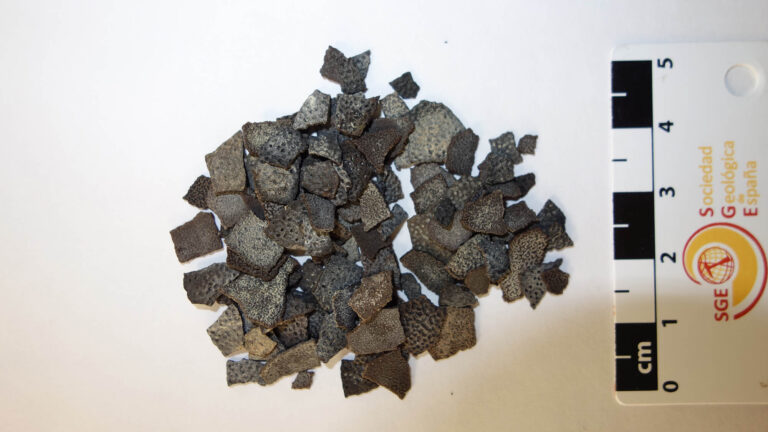
Palaeontologists have discovered a new species of crocodile that lived with the last dinosaurs and that laid the thickest eggs on record. The group of palaeontologists from the University of…
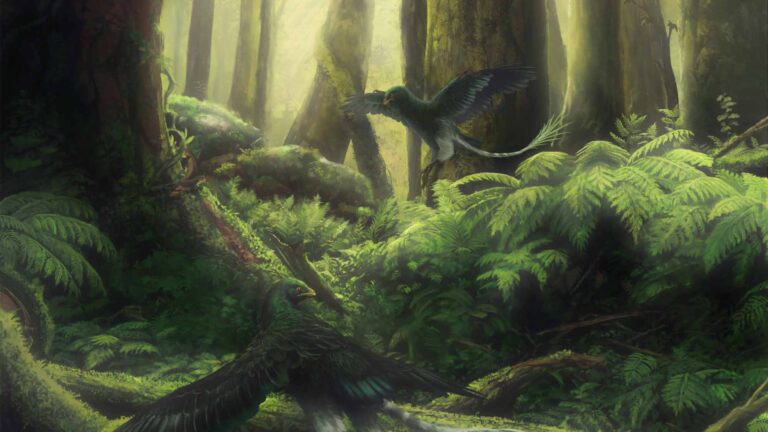
The earliest-known animal to eat fruit was an ancient bird that lived 120 million years ago, according to new research. Hundreds of animals eat fruit now, but most fruit-bearing plants…
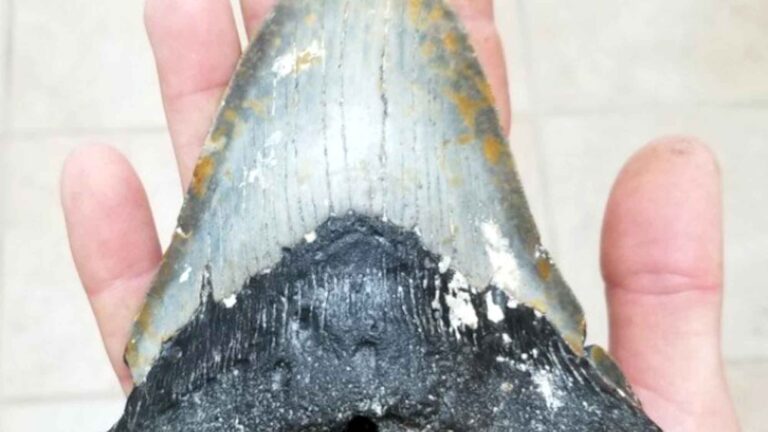
The ultimate predator of predators was a massive 50-foot-long shark that was so powerful it even ate predators that ate other predators. Prehistoric megatooth sharks that got their name from…
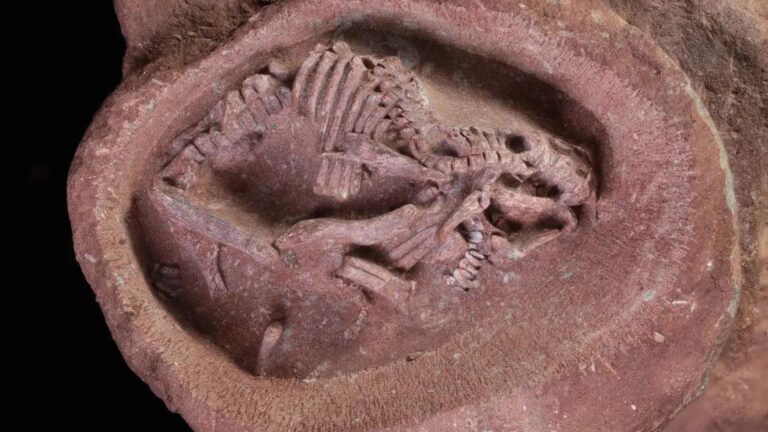
The most complete embryos belonging to a duckbilled herbivorous dinosaur ever found have been unearthed by palaeontologists in China. The scientists - who published their findings in the journal BMC…